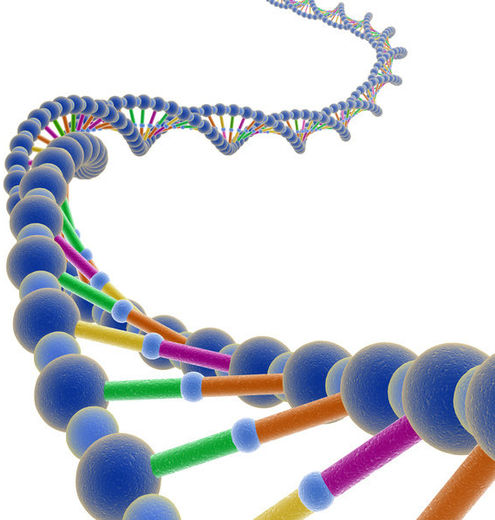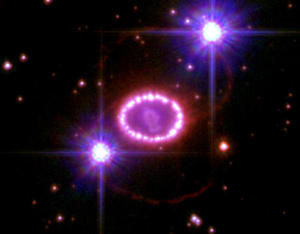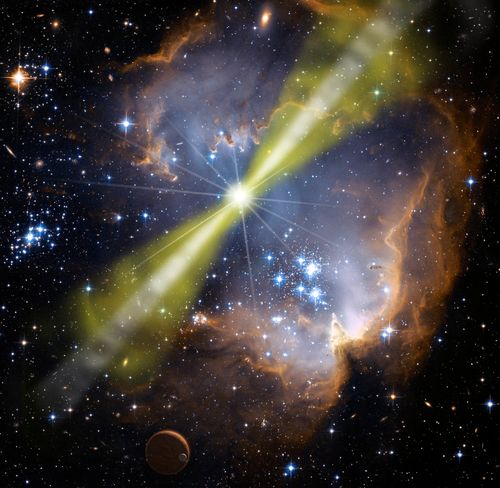
The reader should probably be getting the idea by now: the approach SOTT.net takes to the Cassiopaean Experiment really is a case of 10% inspiration, 90% perspiration. One question asked, or one answer given, is often enough to inspire a whole line of research leading to data and conclusions that might only be tangentially related to the original question. That's the whole point: discovery, and in that sense, the data in the Cs transmissions is more like the thread of Ariadne than a book of 'Divine Revelation'. The clues given lead those interested to take up the search through a vast labyrinth of information and 'disinformation' to what I like to think of as the heart of the matter: those areas of study that are not only highly relevant to coming to an understanding of the human condition and the nature of the cosmos, but which are also closely interrelated and always seemingly one step beyond what is currently accepted as 'common knowledge'. In other words, one mystery reveals another, then another. It's a never-ending journey of discovery, which is what I think lies at the heart of science and mysticism. Anything else, like the belief that 'we finally know all there is to know on this subject', only leads to intellectual stagnation and the death of curiosity. As we like to say around here, there's no such thing as free lunch... nor infallible texts.
For those curious to know, the research inspired by the Cs experiment has led the SOTT team to many of the topics that we focus on. Without them, and the life experiences that we surely wouldn't have had if not engaged in this project, we probably never would have learned what we have about the history and danger of cometary catastrophe, the electrical nature of the universe, psychopathy, ponerology, polyvagal theory, and separating the wheat from the chaff when it comes to the vast number of 'conspiracy theories' on the market. Or at least, it would have taken us a lot longer. After all, all of these fields have their respective authorities and advocates, those scientific mavericks who have come to the conclusion all was not right in their particular field of study, whether in history, politics, psychology, ufology, astrophysics, meteorology, or any other science. But this is usually done on their own, disconnected from the bigger picture and how to tie it all together. Often a lifetime of research will go into this process, with the downside that other possible areas of research are left untouched. (Witness researchers into the paranormal who deride 'conspiracy theories', or '9/11 conspiracy theorists' who deride ufologists.) But we try to bring as many of them as possible together, to give as comprehensive as possible a view of reality as we can. One of these areas, the one I'll deal with below, has to do with genetics, and the possibilities inherent in that mysterious building block of life: DNA.





Comment: One wonders if it was possible trigger of the 2004, Boxing Day tsunami?